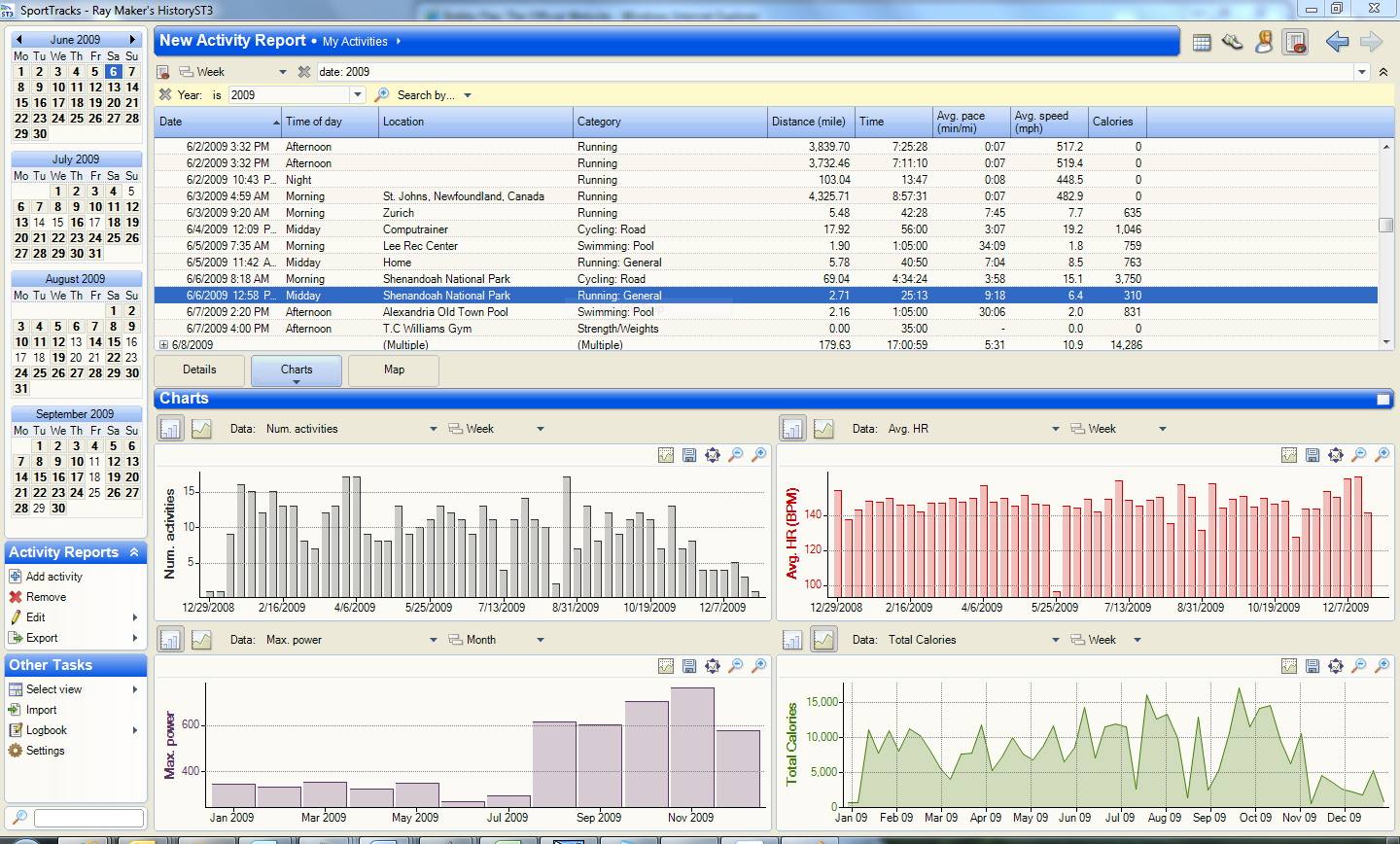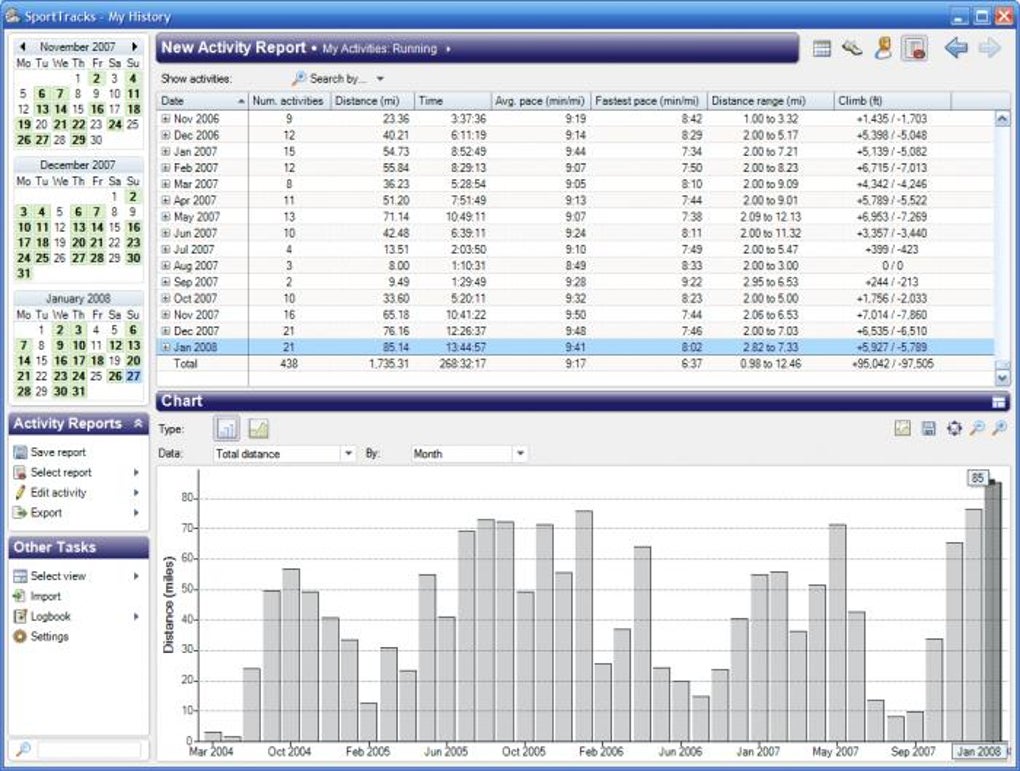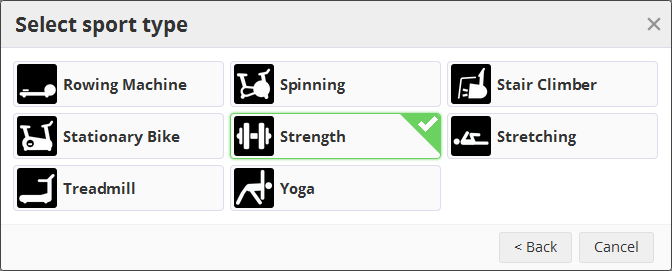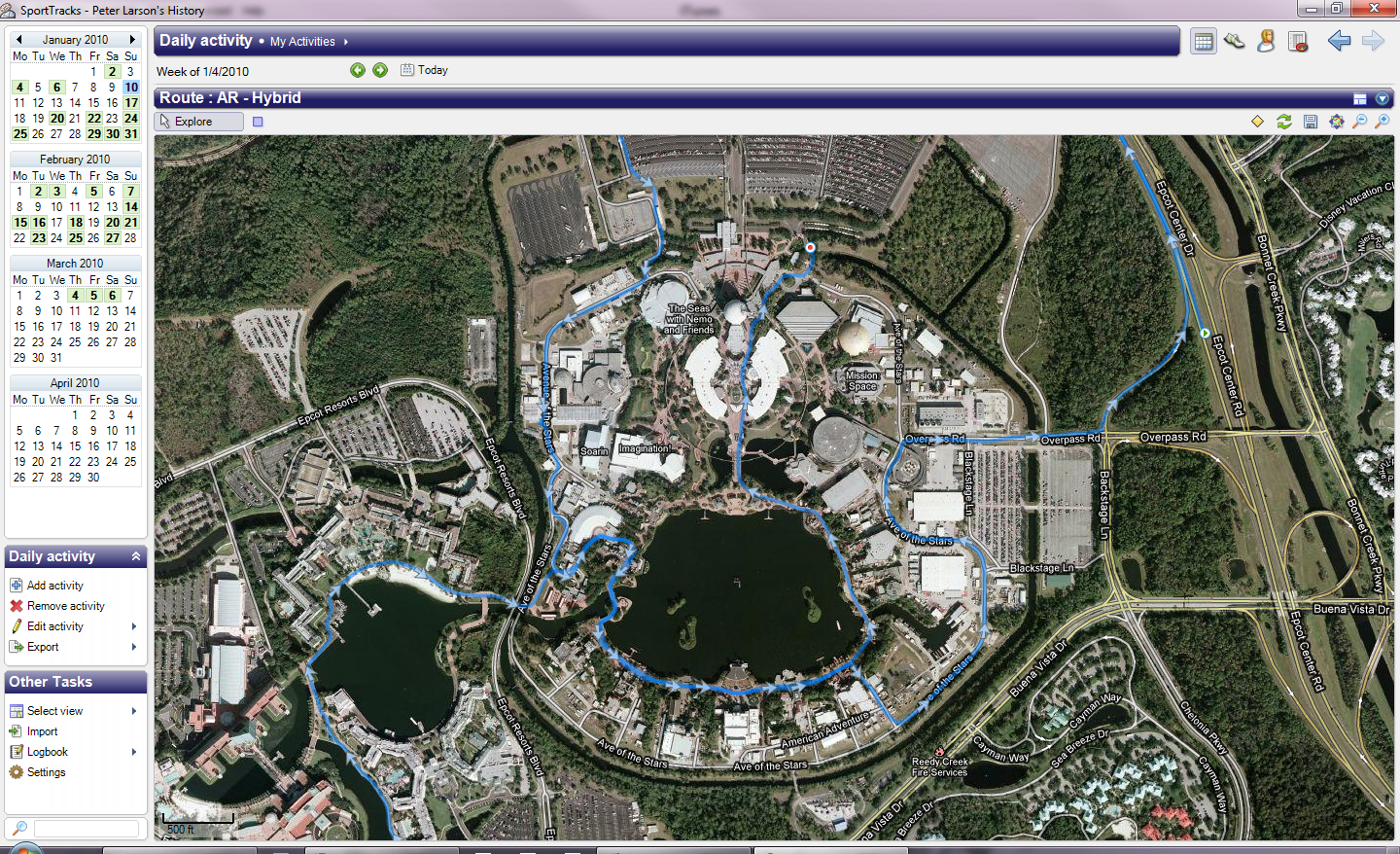


With the bulk edit feature, you can go back to past years data and quickly add descriptive information to your workouts. Luckily we've also provided a bulk edit feature in the Workouts view that lets you edit the summary information en-masse. If you're coming from another system and loading your history of hundreds or even thousands of workouts, the prospect of editing every workout. If you want to enter distance in a different unit, it's as easy as clicking the units button. When you change sport type, the distance and pace/speed options change to your particular sport. You'll find the same auto-suggest options here for the name and location fields, and the address lookup based on the GPS start location along with a mini-map. You'll see your pace automatically calculated from your time and distance, and a calculator button can calculate your calories burned based on your weight, the sport you performed, and the intensity or speed.
#Sporttracks 3 change categories full
In this page you've got full control over your summary metrics. To edit data metrics beyond simple descriptive fields, such as distance, time, calories, elevation, or heart rate, etc., click the "Edit" button on the workout detail which will bring you to the full edit page. If you need to correct data that's been recorded, you'll want to use the full edit feature. And the auto-suggest features mean you don't need to worry about spelling mistakes or data inconsistencies. The quick-edit feature on the workout detail page gives you most of what you need for annotating your data, without the bother of going to separate edit screens. Some watches already record this, but if yours doesn't, it's easy to add this after the fact. If you've recorded a workout with laps and you've done interval training or included a warmup/cooldown, you can also toggle the Rest/Active status of your intervals. Click the edit button in the notes header to add or edit your workout notes.Ħ. If you've recorded an outdoor workout with GPS data, we will also suggest a location name for the GPS location.ĥ. Like the name field, we'll auto-suggest similar locations you've already entered. Click the edit button beneath the workout name to select a location. Click the privacy option to make any workouts private, or to share publicly with friends that might not be users of SportTracks.Ĥ. We'll even auto-suggest similar names from your history to save you some typing.ģ. If you'd like to track a name for specific events or courses, click the name to enter it. Name. The workout name will usually prefill from the sport type. Now is a great time to add detail about the particular sub-sport: trail running, indoor trainer cycling, etc.Ģ. Typically, your watch will only know about a top level sport: running, cycling, etc. Click the sport icon to select a new sport, or categorize further into sub-sports for detailed analysis.

If you're looking at your workout detail, you've got a lot of options to directly edit the data right there in place without going to another page:ġ. Let's jump into the three ways you can edit your data, starting with direct "quick-edit" from the workout detail view. If you can't edit your data to reflect what really happened, there isn't much point in using a fitness tracking website. Or you're going to stop for a beer and forget to start your watch (admit it, you've done it too). If you're using fitness tech, sooner or later you're going to hit a glitch in GPS recording, or your HRM battery is going to die.

In this post, I'm going to outline three ways you can edit your data to take control and structure it the way you want. It seems so simple, right? Yet amazingly, it's a feature that several popular websites don't offer, or only offer in very limited ways. A big part of controlling your data is allowing you to edit it. One of our guiding principles at SportTracks is that users should be able to control their data.


 0 kommentar(er)
0 kommentar(er)
